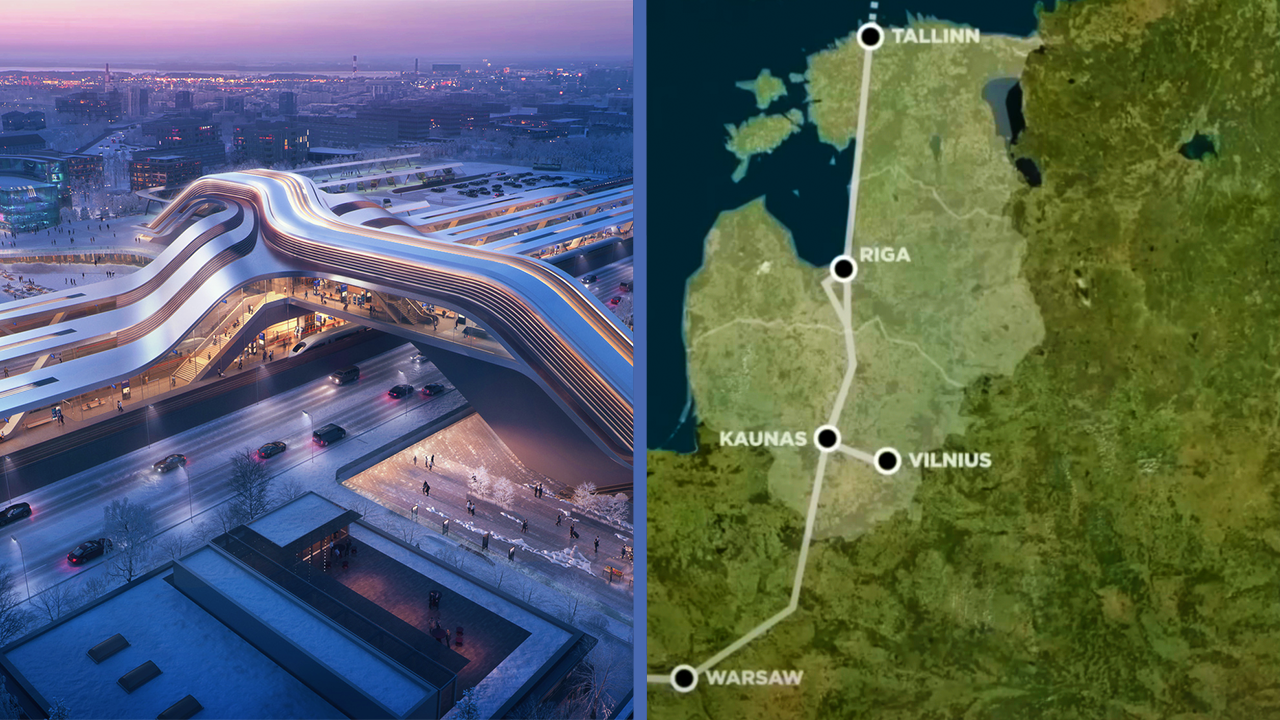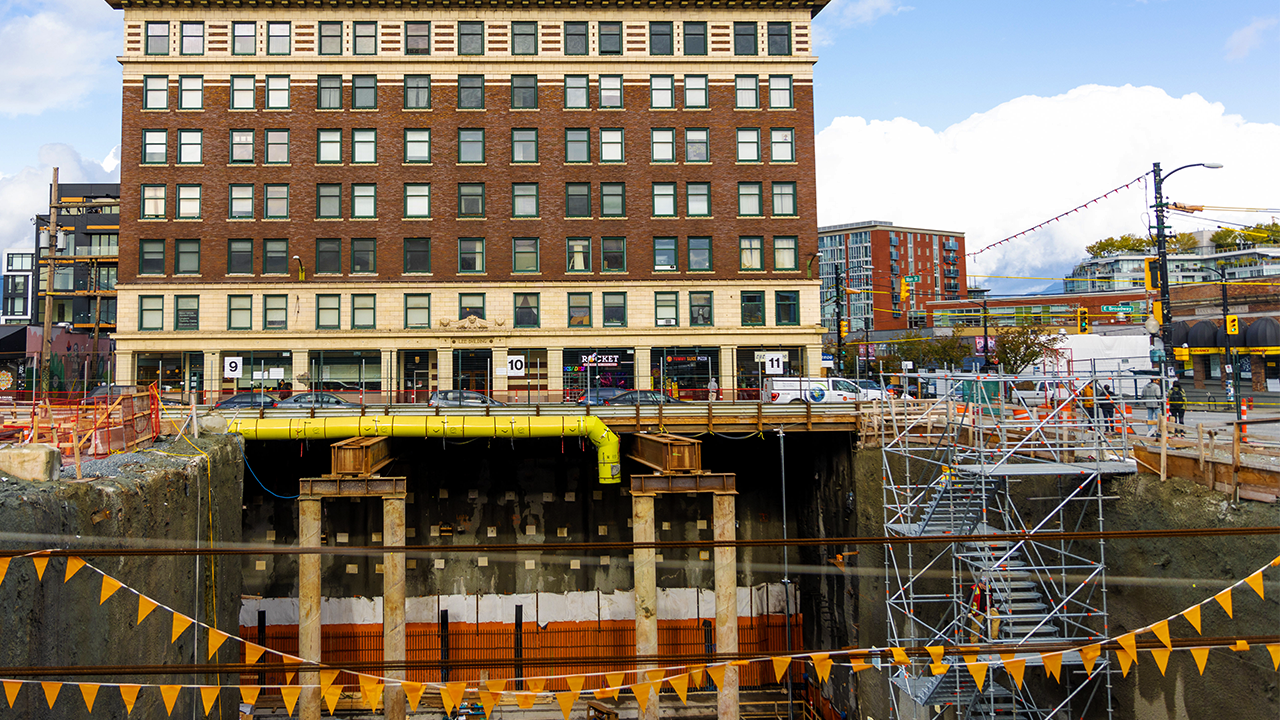This is The World's Most Remote Infrastructure Project
- Youtube Views 2,084,060 VIDEO VIEWS
Video narrated and hosted by Fred Mills. This video contains paid promotion for Masterworks.
DEEP inside one of the longest undersea tunnels in the world you’ll find something that doesn’t exist anywhere else — an entire roundabout sat beneath an ocean.
Incredibly, it’s just one part of a huge new tunnel network across a tiny island nation many won’t have even heard of.
Way up in the North Atlantic, hundreds of kilometres from anywhere else and with a population that could fit inside a football stadium, the breathtaking beautiful and incredibly remote Faroe Islands has just completed a series of projects that much larger countries could only dream of.
So, how has this remote set of islands managed to pull off a task that would be extremely difficult — or next to impossible — in most other places? And why?
What are its secrets, and perhaps most importantly, how has this changed the lives of the people here? The B1M went on a journey all the way from the top of this spectacular territory to the bottom to find out.
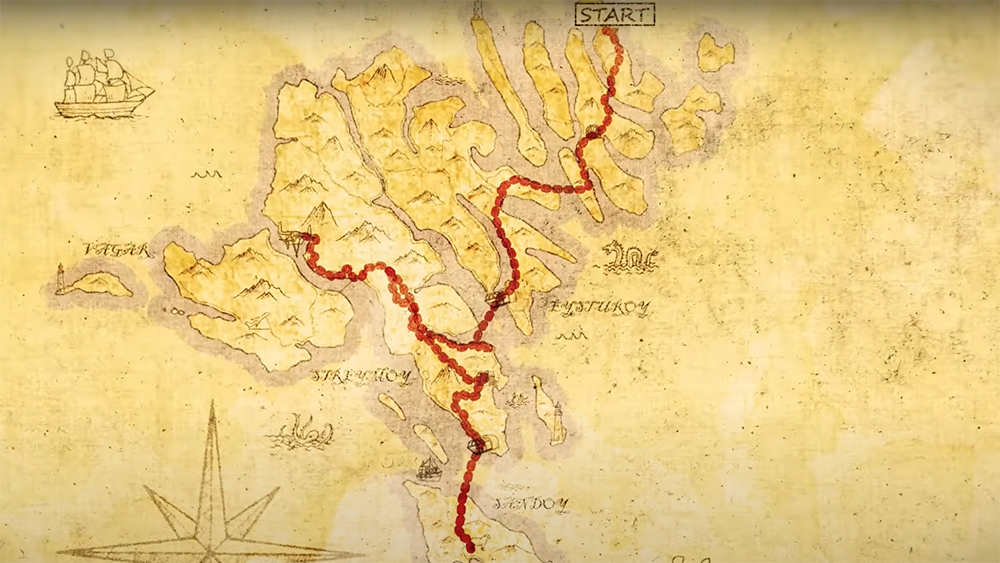
Above: Few locations make for a more awe-inspiring road-trip than the Faroe Islands.
Nestled between Iceland, Scotland and Norway, the small archipelago known as the Faroe Islands is one of the most isolated communities in all of Europe.
The Faroes has a population of less than 55,000, and there are more sheep here than people. It was originally colonised by Norwegian Vikings, and possibly Irish monks before that, but today, this cluster of 18 islands is now a self-governing territory of Denmark.
How does a place like this sustain itself? Well, the same thing they’ve been doing here for centuries — fishing. The industry represents a staggering 90% of total exports, and delivers 20% of its GDP.
Now, the Faroe Islands is looking to diversify, using its other prize asset — that incredible scenery — to attract more overseas tourists and famous YouTubers.
At the same time, it wants to make this a better — and less isolated — place to live for as many people as possible by fixing a common problem that far-flung locations like this often run into: the lack of large-scale infrastructure. That’s always made getting about pretty challenging and incredibly weather dependent.
Cramped Conditions
Yes, they’ve had a series of single-lane road tunnels for more than 50 years — each one carved out to create a way through this rugged landscape.
But these terrifyingly dark and narrow crossings can only get you so far. Life here revolves around the water and up until very recently, the only option to get around was to jump on a boat.
There are a number of ferries operating around the Faroes, which carry people from one island to the next. Most of them only take 20 or 30 minutes, but if you then need to travel to other islands afterwards, it would take a very long time indeed.
On top of that, they can get some crazy weather in this part of the world, meaning sometimes these ships don’t sail at all.
Which is why the Faroese have constructed some incredible feats of infrastructure to take many of those ferries and the unpredictable weather out of the equation.
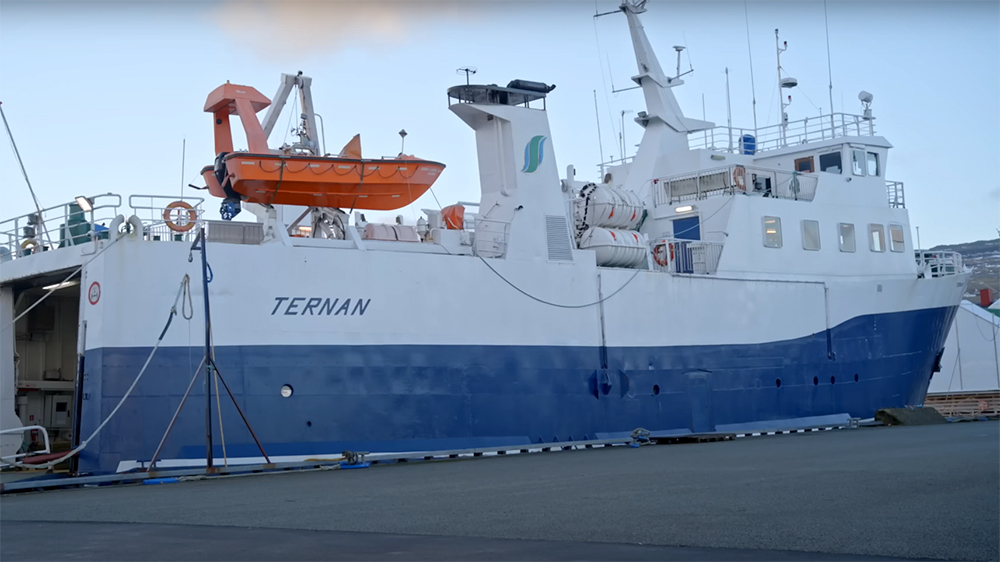
Above: One of the Faroes Islands ferries.
What are they? Undersea tunnels, like the one that’s been built between the islands of Eysturoy and Streymoy — the largest of the islands, where the capital is.
Just a few years ago, the route could only be done by ferry. In fact, it’s one of four tunnels that now stretch beneath the water separating these islands.
Overall, the Eysturoy Tunnel network is more than 11km long and cuts journey times between Tórshavn and the village of Runavik from over an hour to just 16 minutes.
But what really makes this tunnel unique is that roundabout. To allow drivers to head in one of two directions once they hit the midway point, the world’s first undersea roundabout cleverly splits the Eysturoy Tunnel in two.
To make this possible, construction teams had to dig three separate tunnels to create a central column that forms the roundabout. It’s not the sort of thing you would expect to find more than 70 metres underground, beneath a fjord.
What also makes it more than just a standard roundabout is the decoration. A local artist was brought in to create a sculpture that represents the people of the Faroes doing a traditional dance.
Tunnelling Traditions
So, how have they managed to do something like this? Well, tunnel building is nothing new in the Faroe Islands.
Since the 1960s they’ve dug more than 20 — spanning over 50km in total — all as part of a policy to connect as many people as possible by road.
Most of these tunnels are on-land, but in 2002, the first undersea tunnel connecting Streymoy to Vágar — where the airport is — went into service.
Then, in 2006 another was built between Eysturoy and Bordoy, 2020 saw the opening of the Eysturoy Tunnel, followed by the massive Sandoy Tunnel in 2023.
There’s also a bridge linking the two main islands across a gap too short for a tunnel, which was constructed in the ‘70s.
That means the Faroese already knew what they were doing when they decided to make this using one of construction’s more dramatic building techniques.
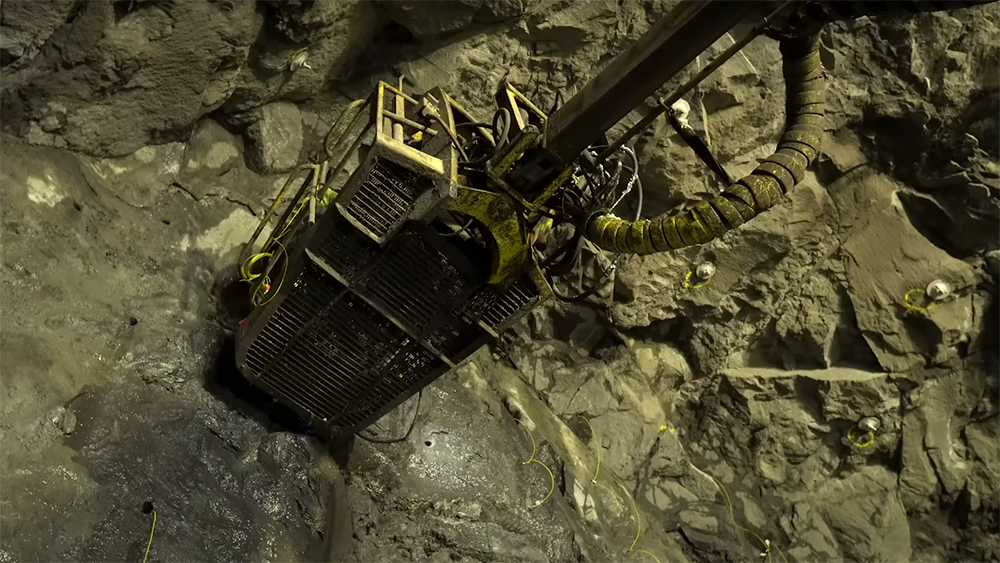
Above: Construction of the Eysturoy Tunnel required the use of some very heavy machinery. Image courtesy of Kringvarp Føroya / P/F Eystur- og Sandoyartunlar.
The drill and blast method has been around since the 1800s, and remains a popular way of digging long tunnels through difficult ground conditions — just like the ones you’ll find in the Faroes.
This was the strategy chosen by the Norwegian arm of Swedish firm NCC — the main contractor for the project.
To put it very simply, you start by drilling some holes, fill them with explosives, light the fuse, stand well back and then clear away the debris.
Next, the walls are covered in a layer of concrete, forming a lining for the tunnel, ensuring stability and making sure it’s watertight. Repeat that for several kilometres under the ocean.
OK, there is a little more to it than that, which is why we went to meet Teitur Samuelsen, the CEO of the operating company for these tunnels. It’s an entity that’s owned by the Faroese government.
Difficult Terrain
Although it might sound like a daft question, what does he think was the hardest thing about drilling a tunnel through solid rock under the ocean?
“It was actually the planning — the geological surveys you had to do before to be sure you didn’t come up to the sea bottom on your way over the fjord,” Samuelsen said. “You just have to do all the things the geologists advise you to do.
“It took approximately two and a half years to drill and blast it, then a year and a half to completion — install the electrical systems, safety systems, doing the road and so on.”
You see, with an undersea tunnel, once you’ve dug the hole and lined it, the battle to keep water out is not over.
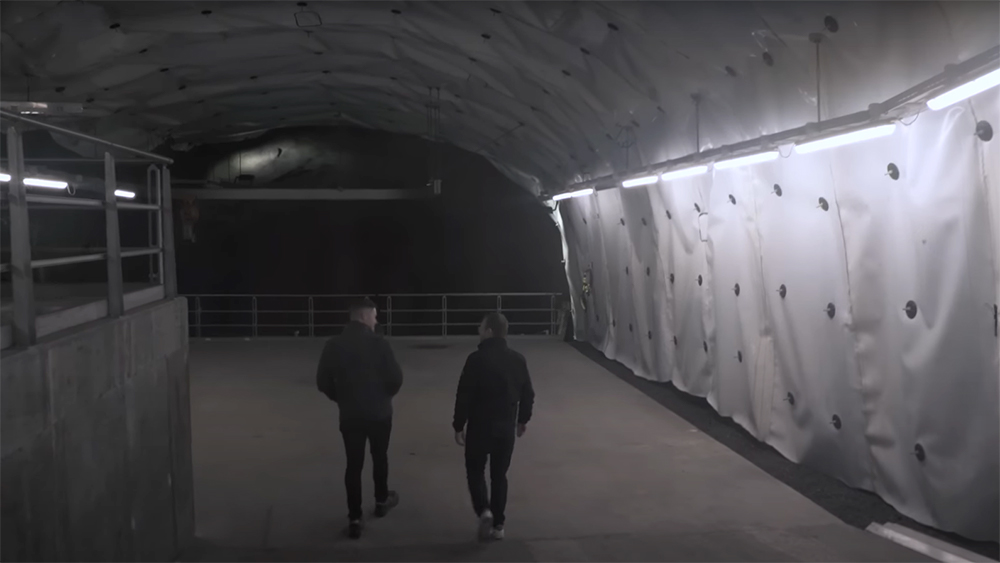
Above: The B1M's Fred Mills (left) inside one of the tunnel pump rooms with Teitur Samuelsen.
Leaks can still happen, even after completion, and that means there has to be a system in place to deal with them.
Hidden away next to the tunnels are a series of pumps and pipes that direct all that unwanted water back out again.
One of the rooms where the process takes place is at the deepest point on the islands — 190-metres below sea level.
This complex system isn’t unique; all of the undersea tunnels in the Faroes have them, including the brand-new one.
Normally, they run overnight because that’s when more green energy is being generated. But where is all that energy coming from?
The Power Source
Covered in lakes and rivers, surrounded by fierce tidal waters and prone to strong Atlantic winds, the Faroe Islands is the perfect place for renewable power.
Again, they’ve been doing that here for some time — since the 1920s. And it’s been growing. 2023 was a record year for green energy production, with more than half of the electricity generated by renewables.
By 2030, the Faroes are planning to go a lot further by doing something most countries would have little hope of achieving.
The aim is to have all of the electricity generated onshore here to be completely renewable by then.
In Vestmanna, where there’s already a hydro plant and wind farm, engineers are testing a new method to harness the power of another abundant resource — the ocean.
Since the start of 2024, Minesto, in partnership with SEV — one of the only energy companies on the Faroe Islands — has been preparing to launch the world’s first utility-scale tidal dragon.
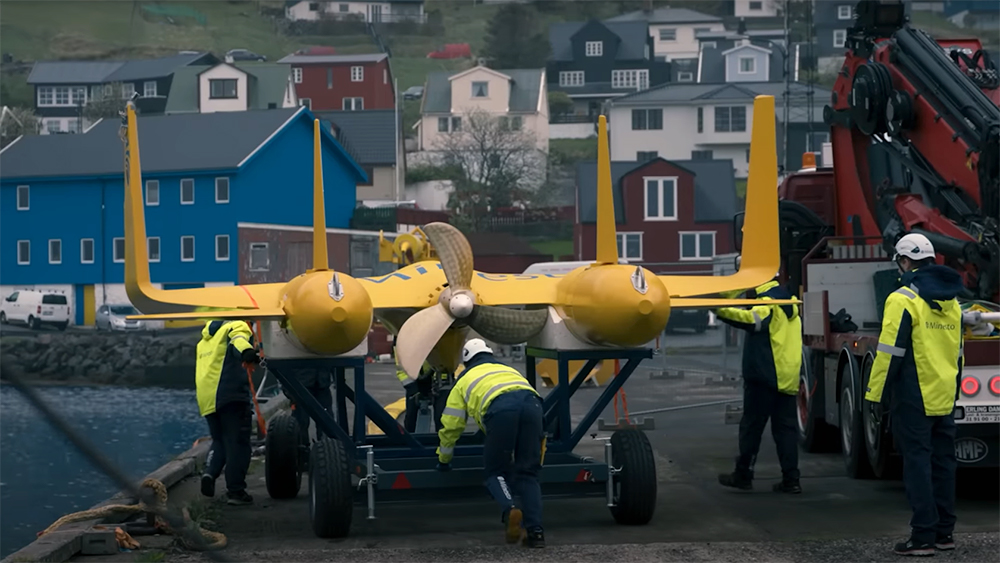
Above: One of the kites being used to generate tidal energy in the Faroe Islands. Image courtesy of Minesto AB.
It’s a special type of technology that will generate electricity from the power of the tide, and the first installation of its kind anywhere in the world is happening right here in the Faroes.
Firstly, a special foundation is built on the seabed. Next, a mini power plant called a kite is carried out to the site by boat, before being tethered to the foundation.
The flow of the tide and an onboard control system cause it to move through the water in a figure-of-eight, turning a turbine as it goes.
This generates power, which passes through an undersea cable to a control station connected to the grid.
Turning The Tide
“We’ve looked into tidal power for I would say ten-15 years. The main reason why we think tidal is of interest is first of all the potential is enormous in the Faroes,” Terji Nielsen, head of R+D at SEV, explained.
“If we install tidal turbines in different places they can provide us with what we normally say baseload generation. Other renewables are very often very intermittent.
“All electricity generation onshore will be green by 2030. As a small society we think that we are able to do so and maybe play a role model for the whole world becoming 100% green.”
By investing heavily in green energy, the Faroe Islands has proved it doesn’t just care about the wellbeing of its residents; they have the future of the whole planet in mind too.
And yet despite this being the place that keeps the nation running, the real centre of power is over on the other side of Streymoy.
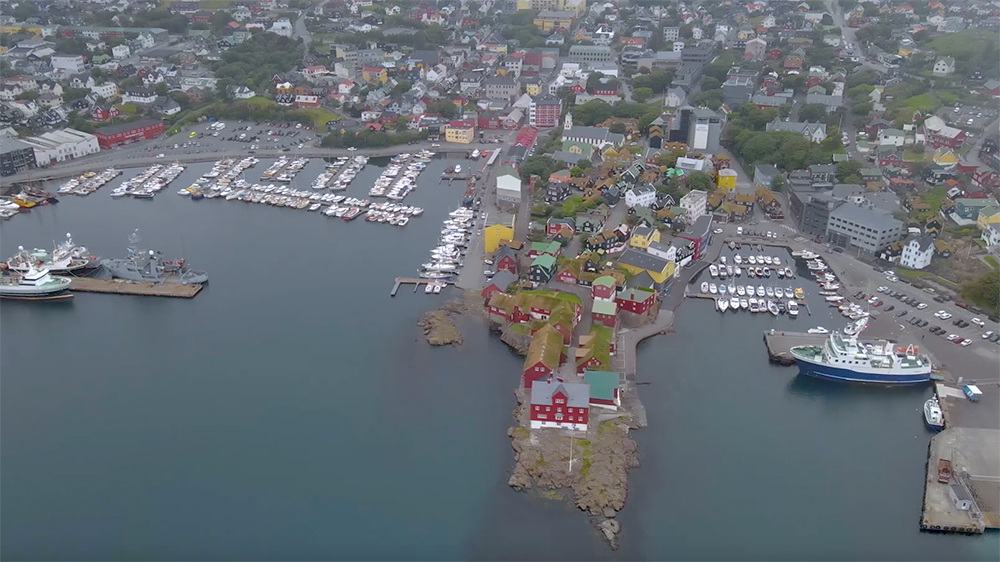
Above: Tórshavn is the capital of the Faroe Islands.
Tórshavn is one of the smallest capital cities in the world, only home to around 14,000 people. It’s more modern than you might expect, but then there are also things like the parliament building. That's where the nation’s 33 MPs meet, but for many people from outside it looks like a regular town hall.
Despite its modest size, Tórshavn is by far the most populated part of the Faroes. To get the full Faroese experience you need to go further south to somewhere that’s the complete opposite, and that means going through another subsea tunnel.
The Latest Addition
The Sandoy Tunnel, which opened in December 2023, is the longest single tunnel on the Faroe Islands, measuring 10.8km from end to end.
With this incredible piece of infrastructure, people now have a much faster way of getting from Streymoy to Sandoy, which was previously only accessible by ferry.
Amazingly, Sandoy has a population of less than 1,500, and only 300-400 cars a day will be using the tunnel.
These new tunnels are a remarkable achievement for a small nation, and they’re masterpieces of engineering – but as you’d imagine, it has come at a price.
The Esturoy Tunnel cost about €180M Euros — just under USD $200M. It was the single largest investment ever in the Faroes, but for a big project, it’s actually not that bad.
The Sandoy Tunnel was around the same price. But when you look at the cost per head for both tunnels, it comes to over $7,000 for each person on the islands.
Compare that with the US — in 2022, funding from the Bipartisan Infrastructure Law for infrastructure projects only came to around $1,000 per resident in most states.
The cost of the tunnels is being paid back using tolls, but where did the Faroe Islands find all that money to get the projects going?
“The government established a limited company, which the government owns, and they injected over a ten-year period €50M,” Samuelsen said.
“Then we have financing from Faroese, UK-based and mainly American pension funds. We got the financing in place in 2016 and then started to build the tunnels. Total loans will be paid back in 2040 — 16 years from now.”
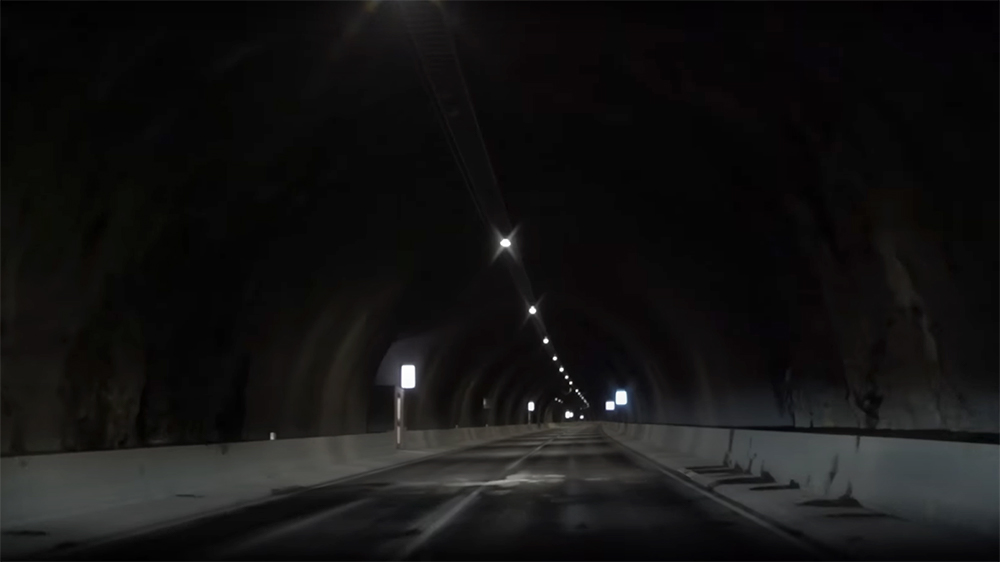
Above: The new Sandoy Tunnel is almost 11km long.
So, has it all been worth it? To find out we went to Sandur — the final point on my journey — to meet Barbara Vang and Baldur Av Skarði, who have lived on Sandoy since before the newest tunnel was built. What was it like for them before the new tunnel went in?
“The ferry ride itself was half an hour but you had to wait for the ferry and follow the schedule. When we moved here I worked in Tórshavn so if I drove myself or took the bus it was, like, three hours commuting,” Barbara said.
“I think we’re still, like, adjusting but it used to take a lot of time to go back and forth — drive up to the ferry, wait, and maybe if the weather wasn’t nice then they wouldn’t sail,” Baldur added.
“We’ve had two kids since we’ve lived here. And that’s a thing also — before, pregnant women had to go to Tórshavn two weeks before the due date, if everything went smooth. So that makes a huge impact on family life when you’re in a vulnerable situation,” Barbara explained.
“If they hadn’t started drilling the tunnel I don’t think we would actually live here. So that’s kind of big.”
Making Connections
Of course, they are not alone. Since the newest tunnel went in, over 90% of the population is now connected by road. It seems that strategy from the ‘60s is finally paying off.
There’s even talk of another tunnel being built in the future that would become the longest by far. Joining Sandoy to the southernmost island of Suduroy, it would be at least 22 km in length and could cost almost half a billion dollars.
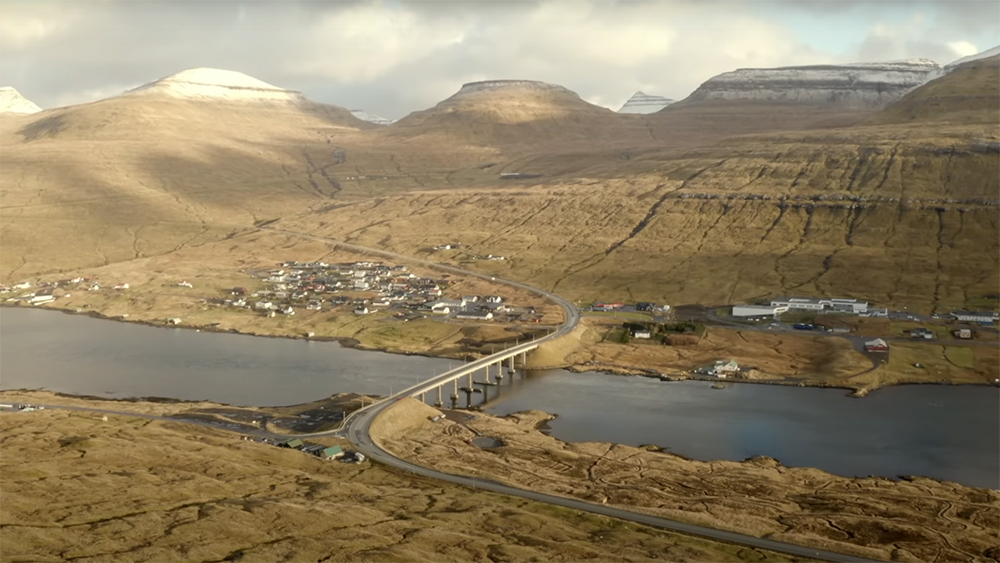
Above: The Faroese road network now reaches almost the entire population across a chain of 18 islands. Image courtesy of Kringvarp Føroya / P/F Eystur- og Sandoyartunlar.
So, is this a one-off, or could we see other nations try something similar? Well, isolated communities in much larger countries, also in need of new infrastructure, are already being inspired by what’s happening here.
Including one that’s not too far away — the Shetland Isles off the north coast of Scotland. It has a lot in common with the Faroes — remote Atlantic location, small population spread across islands that are only accessible by ferry and an economy based on fishing. Could a series of subsea tunnels work there too?
One action group certainly thinks so. They believe the Shetlands should have a system of their own, and they’ve even published a report on how to go about it.
But with no autonomous government to give the go-ahead — unlike the Faroes — so far it remains little more than an idea.
For now, the Faroe Islands has set a standard for construction in hard-to-reach places that will be very difficult to beat.
Full of Surprises
When you think of a nation like the Faroe Islands, you might imagine a place stuck in the past — where the latest in engineering, construction and technology are unobtainable. And yet that couldn’t be further from the truth.
Here in this beautiful but harsh landscape, those construction teams have produced miracles and the impact of their work has literally changed the shape of this small islands nation for the better.
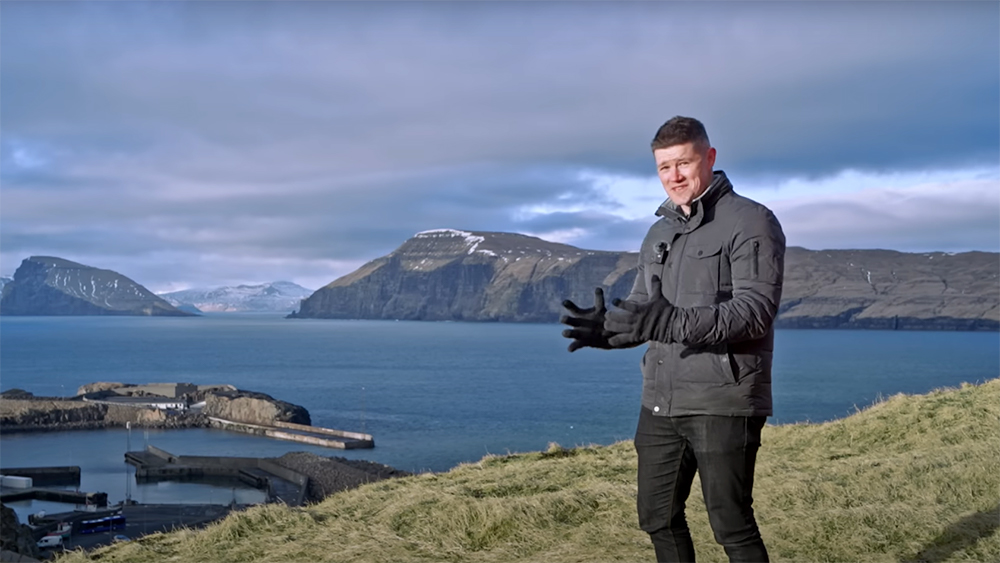
Above: Fred Mills at the end of his journey across the Faroes.
You also get the feeling when you’re here that these decisions really were made for the benefit of everyone, which isn’t always the case with big projects.
Taking this amazing journey through this nation and uncovering this story has really brought home once again the power of construction and it goes to show that when it comes to this amazing industry and what it’s capable of, nowhere is off limits.
This video and article contain paid promotion for Masterworks, you can skip their waitlist here.
Video narrated and hosted by Fred Mills. Special thanks to Visit Faroe Islands and P/F Eystur- og Sandoyartunlar. Additional footage and images courtesy of Visit Faroe Islands, P/F Eystur- og Sandoyartunlar, Kringvarp Føroya, Thomas Kristensen, Minesto AB, Al Jazeera and STV.
We welcome you sharing our content to inspire others, but please be nice and play by our rules.
